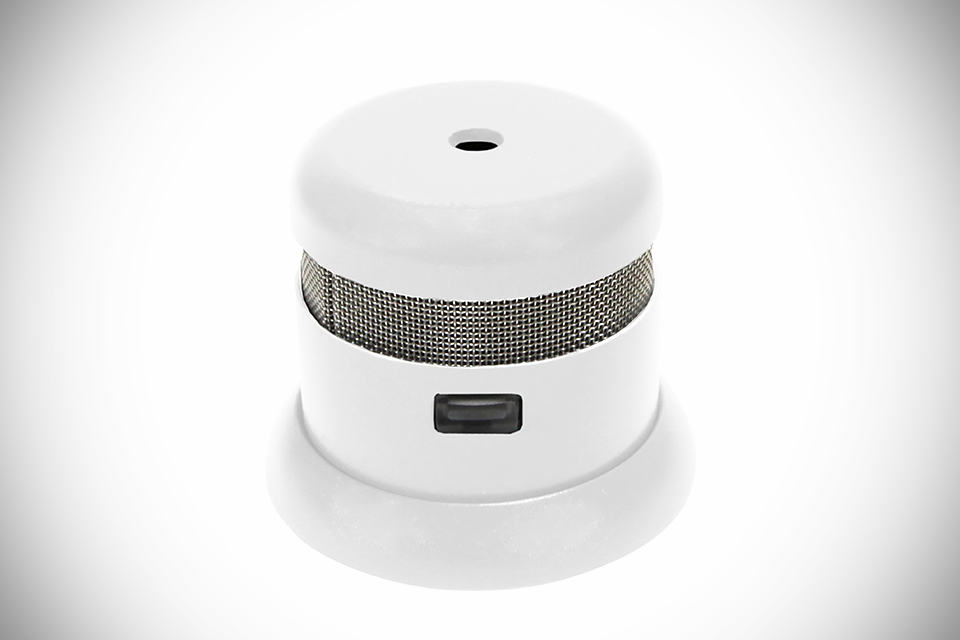In the early days of air conditioning, this technology was considered a luxurious indulgence, available only to the affluent. However, air conditioning technology has advanced in leaps and bounds since its first introduction, becoming affordable to a bigger range of budgets than ever before. This blog post delves into the journey of air conditioning, tracing its transformation from a luxury item to a necessity in our everyday lives.

Energy Crisis And Efficiency: A New Chapter In Innovation
After years of war and economic hardship, the 1950s and 1960s were a profitable time for the air conditioning industry as people finally had money to spend on non-essential appliances. However, the energy crisis in the 1970s threatened to put a stop to this wave of cool air that was surging across the USA. With energy costs soaring, there was a sudden and dire focus on creating more energy-efficient models. This led to the development of advanced compressors and improved coil designs that significantly reduced energy consumption. Thanks to these advances, today’s air conditioning and heating units from professionals like Beehive Heating and Air use about 50% less energy than those from the 1970s, making them far less of a power hog than traditional units.
As time progressed, efficiency became a key focus in the design and production of air conditioning units. The contractors from https://ogeneralacuae.com/ understand the importance of creating models that not only meet consumer demand for comfort but also adhere to modern energy standards. This focus on innovation led to the incorporation of smart thermostats, variable-speed compressors, and other advanced technologies. These improvements have made air conditioning systems far more energy-efficient, resulting in both cost savings and reduced environmental impact.
The Smart Revolution: IoT And AI in Air Conditioning
The dawn of the digital age has brought about the next major shift in air conditioning technology, with today’s air conditioners becoming increasingly ‘smart’. Integration with Internet of Things (IoT) technology lets users control their air conditioners remotely using smartphones, giving homeowners the power to remotely heat and cool their homes even when they aren’t there. Some models even leverage artificial intelligence to optimize cooling patterns based on the homeowners’ preferences and external weather conditions, further improving their efficiency.

The Future: Towards Sustainable Cooling
With conventional air conditioners contributing significantly to energy consumption and greenhouse gas emissions, the race is on to develop greener, even more, efficient alternatives. One promising development is the advent of solar-powered air conditioners, which use solar energy to power the cooling process. The most advanced models are even capable of storing solar energy for use during the night or during periods of low sunlight, offering a sustainable and potentially off-grid solution for cooling needs.
Emerging Technologies: Exploring New Horizons
While solar and thermal technologies are making strides toward sustainable cooling, other emerging technologies are pushing the boundaries of what’s possible. One such innovation is the use of phase change materials (PCMs), which can store and release large amounts of energy, absorbing heat during the day and releasing it at night to cool buildings. Meanwhile, in the realm of personal cooling, researchers are exploring wearable technology that could revolutionize our approach to personal comfort.
The evolution of air conditioning technology, from a luxury item to a necessity, is a testament to human ingenuity and our adaptability to changing climates and circumstances. But, in our quest to make our own lives more comfortable, we cannot overlook the impact of our increasingly power-hungry lifestyles can have on our planet. A holistic approach that encompasses sustainable architecture and urban design is vital for a cooler, sustainable future.
Featured image by Freepik.



